STOCKTON, CA — Numerous media outlets are reporting that an inebriated driver in Stockton hit a pole yesterday, causing a powerful electrical surge that led dozens of “smart meters” to explode or catch fire.
Excerpt from the Stockton Record on the exploding smart meters:
“Stockton fire Capt. Bryan Carr with Engine 6, one of several fire crews dispatched Monday morning as dozens of electric customers began reporting explosions, smoke or the smell of burning wires, described the scene as “unreal” when his engine pulled onto Fairbury Lane, a residential street in southeast Stockton. Expecting to pull up to a specific address, Carr’s crew was greeted by a number of residents out on the street wondering why his engine wasn’t stopping at their house.
“In some cases, meters were literally blown off the panels. People described it as hearing a whirring sound like the meter was speeding up, then like an explosion. Some of the meters weren’t blown off, but they were fried and the glass was gone,” Carr said.”
 This is not the first time that smart meters have shown their vulnerability to electrical surges. In September 2011, a surge in East Palo Alto, California caused dozens of smart meters to fail. Despite this and hundreds of other incidents involving fire including where people have died, the California Public Utilities Commission has not even officially looked into the matter much less taken action to protect public safety. Utilities around the world continue to deny any problem exists and have been seizing meters involved in fires before fire investigators have a chance to do their work, drawing public protests from Quebec’s firefighters.
This is not the first time that smart meters have shown their vulnerability to electrical surges. In September 2011, a surge in East Palo Alto, California caused dozens of smart meters to fail. Despite this and hundreds of other incidents involving fire including where people have died, the California Public Utilities Commission has not even officially looked into the matter much less taken action to protect public safety. Utilities around the world continue to deny any problem exists and have been seizing meters involved in fires before fire investigators have a chance to do their work, drawing public protests from Quebec’s firefighters.
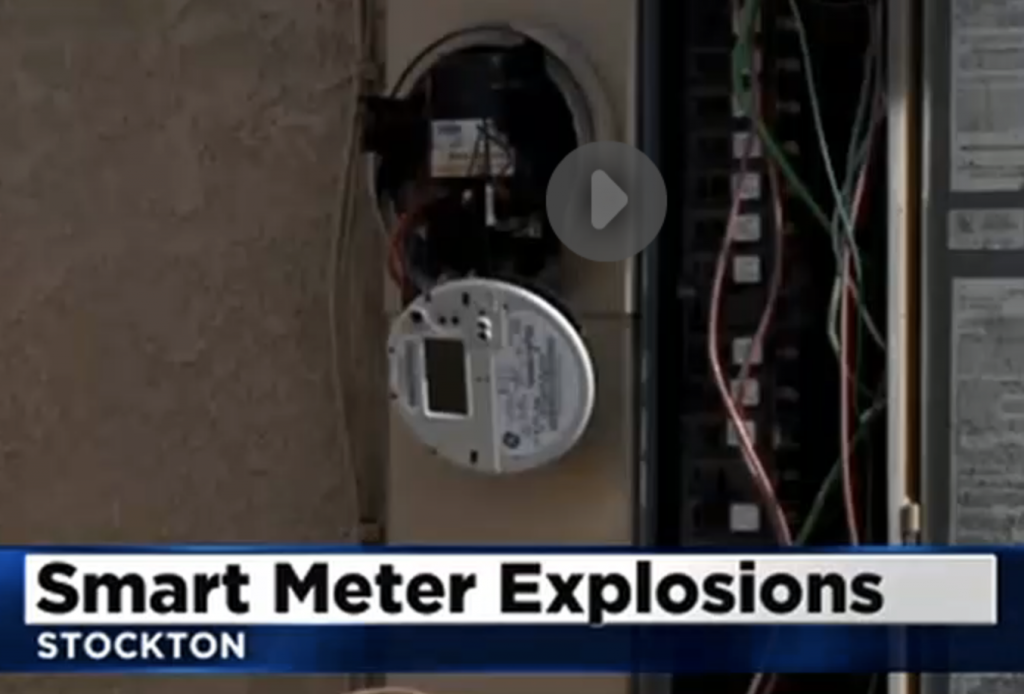 It has been widely recognized that smart meters – with their plastic housing and complex circuitry- are more vulnerable to fire and heat than traditional electromechanical analog meters, built solidly of glass and metal. Many utility industry observers have said they could not recollect past surges damaging analog meters the way that smart meter have been affected.
It has been widely recognized that smart meters – with their plastic housing and complex circuitry- are more vulnerable to fire and heat than traditional electromechanical analog meters, built solidly of glass and metal. Many utility industry observers have said they could not recollect past surges damaging analog meters the way that smart meter have been affected.
Utilities are seeking to collect money for the “privilege” of using an analog meter- or even worse- in some areas- attempt to forbid their use entirely. Will ratepayers foot the bill to replace these $500+ smart meters every time there are surges in the network and they start popping like corn again?
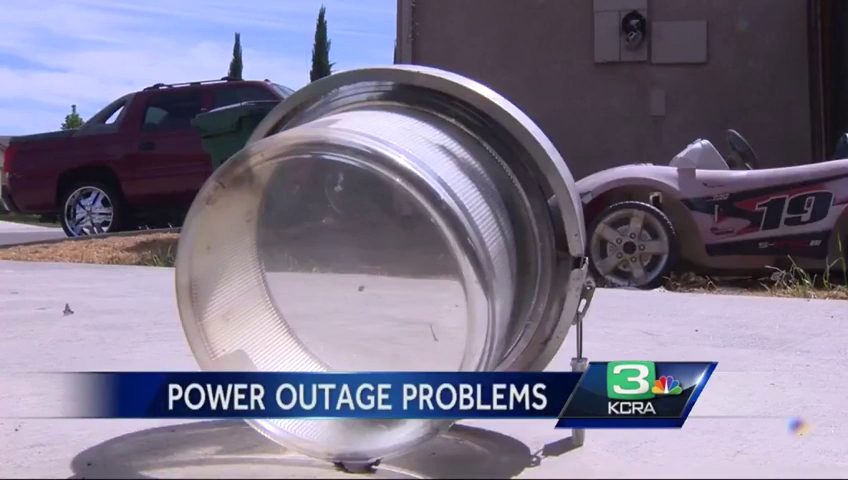 The condition of analog meters in Stockton is not known. If you are in the area and have reports, please comment below.
The condition of analog meters in Stockton is not known. If you are in the area and have reports, please comment below.

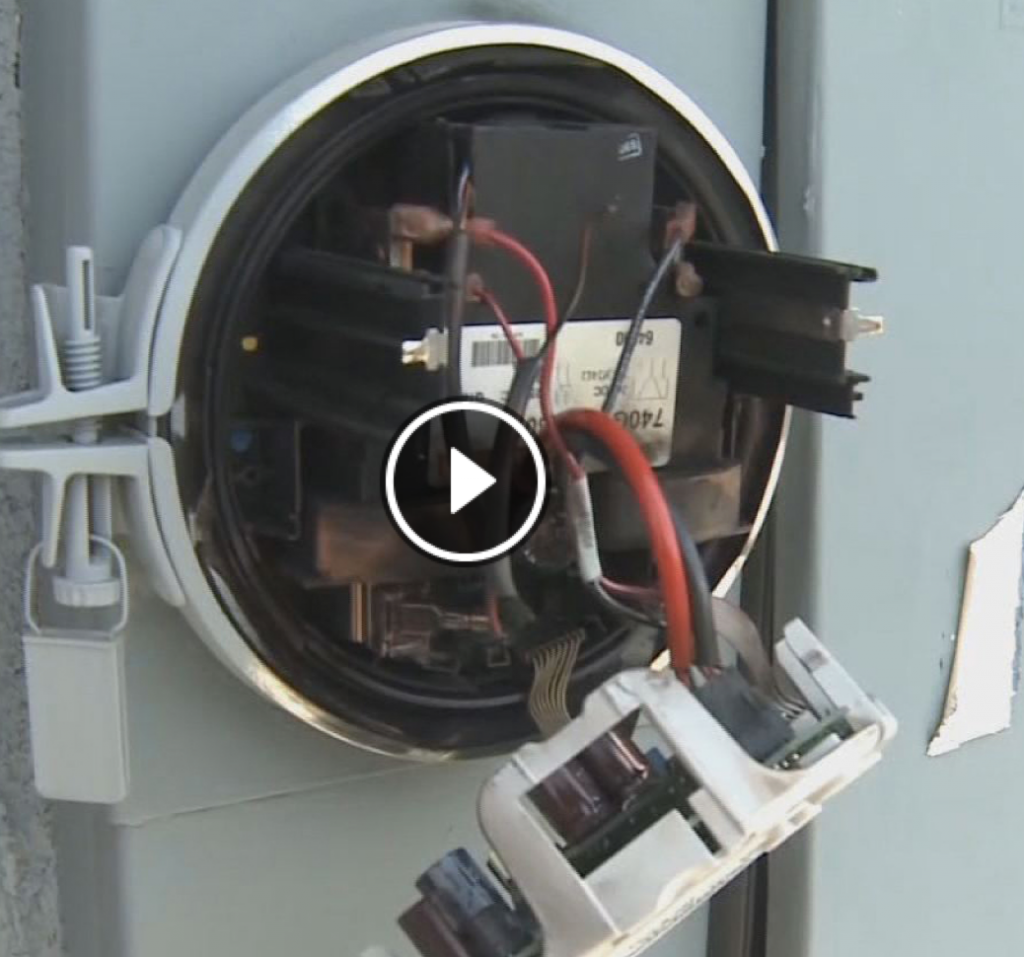


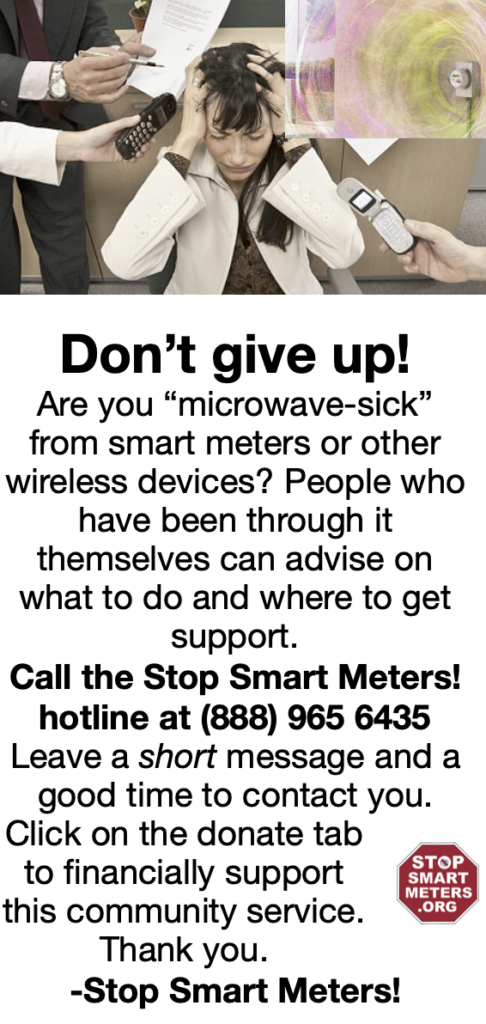
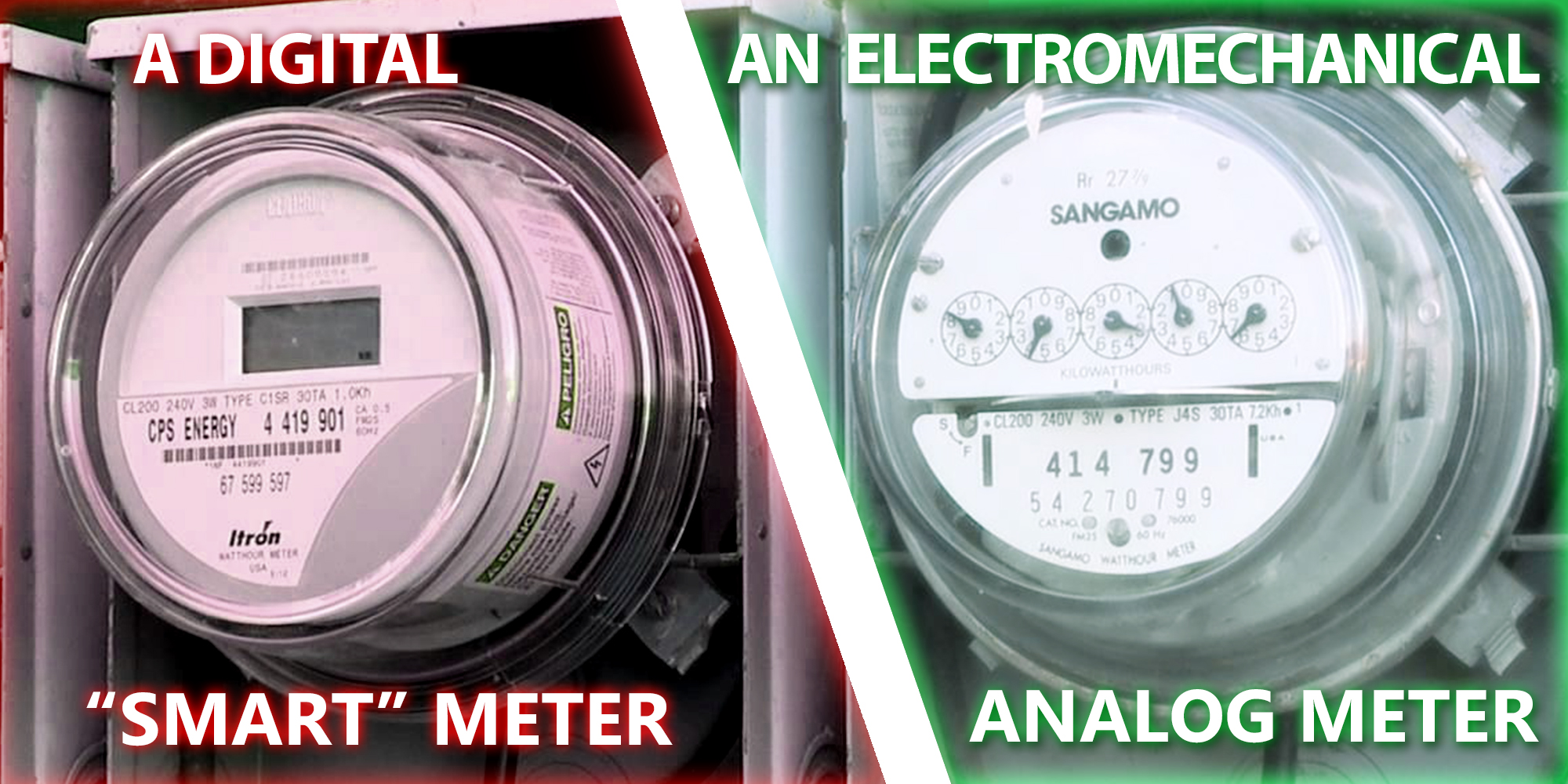

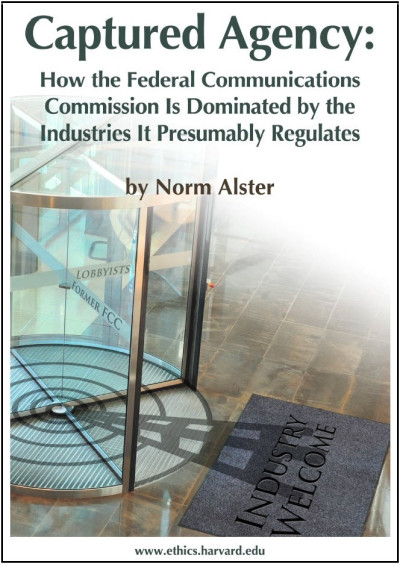


This whole “smart grid” is getting out of control. And “wi-fi” “wireless” technology
unchecked in public, hotels, airports, schools (little kids exposed to wireless – ipads, iphones to kids like candy??), colleges, cafes, etc …
“Smart” meters = bankruptcy, lawsuits, fires and death.
This is an interesting case for me since I worked on the line crews and as a high voltage cable-splicer for Seattle City Light. With the old system there is an automatic relay that cuts off the power from the damaged line (highest voltage transmission line) to the substation until it can be fixed. If it is a secondary line (lower voltage distribution line) the transformer has a fuse that blows and shuts off the power before the surge would reach homes, etc. With the wireless technology I guess this is what happens now.
I hope this post takes this time after 7 attempts.
It’s possible that when the pole was knocked down, the primary fell on the secondary and the cutout fuses didn’t react quick enough.
the grid is about total control. maybe this was a test to see how many homes they could shut down with just a minor ‘accident’.
there is a bank of smart meters three feet from my apt building – i can see them as i sit on my deck drinking my coffee while the chemtrails are spreading in a sky that was totally blue 30 minutes ago.
i wonder what mankind will end up doing about the dire straits in which we find ourselves.
Wow! I actually felt an inner peace when looking at pictures of meters that had been destroyed.
What happened was that a motorist struck a power pole, and that caused the primary distribution conductors (5,000 to 15,000 volts) to come in contact with the secondary conductors (normally 240 volts in residential areas). These conductors are normally uninsulated, so what happened is that the vehicle accident caused up to 15,000 volts to be run through the meters and houses.
The digital radio meters (aka SmartMeters) as well as the electromechanical meters are not fused, they are connected to the electrical power grid directly, so when a voltage surge happens, the high voltage is sent to the meters and through the buildings.
It’s true, the electromechanical meters are built better, and most likely will not fail when such a surge happens from the power grid. I have seen and read about many cases in the past where surges go into buildings and fry every electrical device that is plugged into or hard wired to the system, heck, I’ve even seen where a dropped neutral in the panel will send 240 volts onto regular 120 volt circuits and fry appliance motors and light bulbs.
The fact that SMUD had installed some SmartMeters was a blessing for them. Since they are liable for any damages caused by their power grid (no matter what the cause or who caused the event), they saved millions of dollars in damage claims because their pinche digital radio meters blew up and did not allow the surge to go inside the buildings. And, the beauty of this event is the fact that it was the ratepayers who paid for the SmartMeters (or possibly some of our tax dollars too), and it is the ratepayers who will pay to replace the meters (that acted like a fuse in this case) to prevent the SMUD from being liable for damages caused by the motorist. No doubt that some customers did experience some damage to their private property, and that will be covered by the utility’s insurance, and you can bet your bottom dollar that the insurance company will seek compensation from the “inebriated driver” (if convicted) for any and all damages arising out of this event.
I have seen huge douglas fir trees fall across major power lines near me and it would set off the transformer, cutting the power. No power surges. I have read of other auto to pole collisions without the outcome of exploding meters all throughout an entire area. Please don’t justify this failed technology of wireless smart meters, hoping those less informed will think is okay that smart meters can explode every time a car hits a pole, a crow gets electrocuted, etc.
Pingback: Longmont City Council Open Forum Meeting – May 31 2023 – Longmont4SafeTech.org